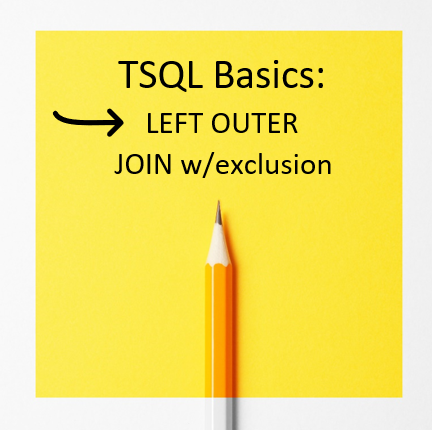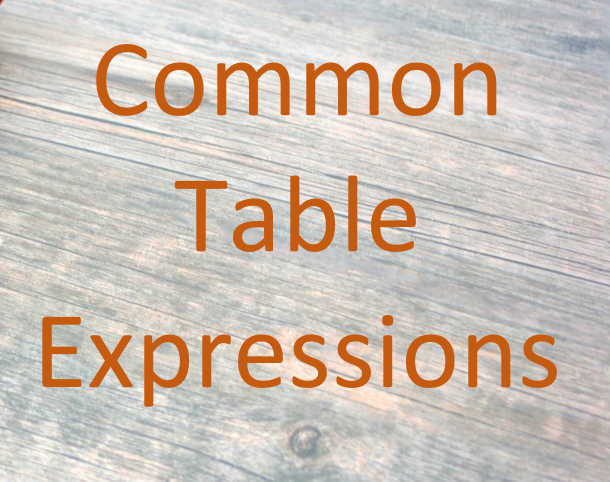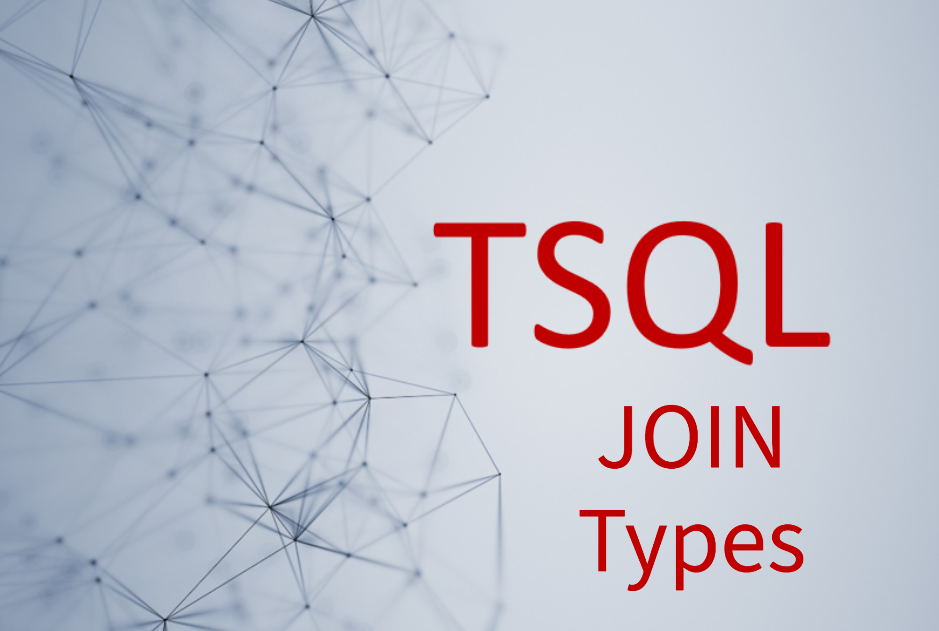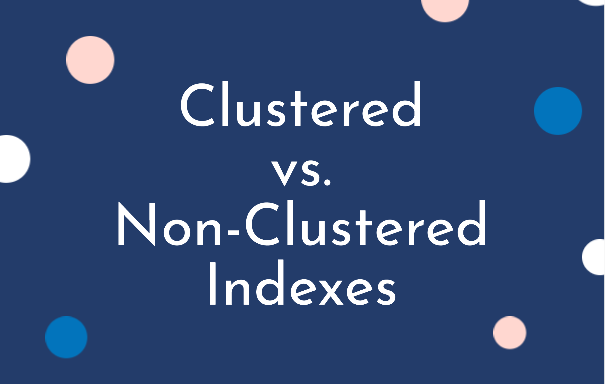Left Outer JOIN with Exclusion
A LEFT OUTER JOIN with exclusion is a type of JOIN operation in SQL that combines data from two tables, based on a JOIN condition, and excludes the rows that match the JOIN condition. This type of JOIN is called an outer JOIN with exclusion because it includes the rows from the left (or first) table that do not have …









